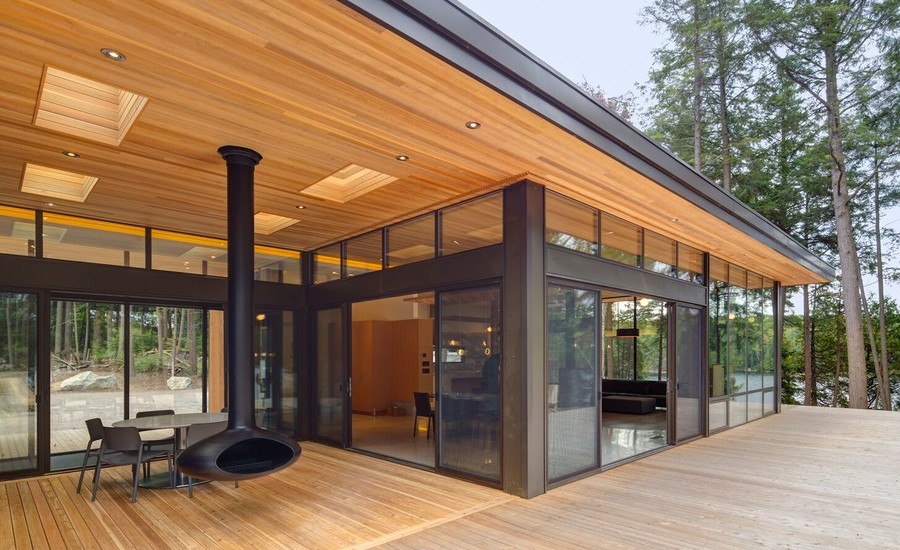Styling a room that is small is extremely challenging. Whether it’s a home-office, media room, bedroom or living room, the one thing we crave for but cannot have enough is ‘more space’. Storage devices can help to get things out of the way but still not do enough to kill that claustrophobic feel. So, can we, at the least, create an illusion of space? Yes, we can. While there are multiple ways to do it, in this blog we will explain how curtains can help.
Yes, you heard it right. Small rooms don’t have to look more cramped because of drapes as is the popular belief. In fact, with custom drapes in the right size and style, you can create an illusive spaciousness. Suppose that privacy and light exposure are not an issue, leaving your windows bare can reasonably blur the separation between the indoor and outdoor space, thereby rendering a deceptive expanse to the room. But that’s not a solution for every room. Besides, drapes don’t just provide privacy and light control, they are also meant to visually soften the hardy walls, to absorb sound and to add color, vibrance and dimension to the space.

Here are five tips to bear in mind when choosing drapes for a small room.
Hardware placement
Drapery experts recommend extending your drapery pole/track a few inches on the left and right of the window frame. This will give room to your curtains to stack when open, so that the entire door or window is free for air and passage. Similarly, consider mounting your pole 10-12 inches above the window frame, or as close to the ceiling as you can. This is one of the tricks used by designers to draw the eye upwards and create an illusion of height.
Light-weight fabrics
For rooms where privacy is not a challenge, use sheers or semi-sheers that allow light and air to pass through the drapes, blurring the inside-outside demarcation. Where heavy fabrics like velvet, taffeta and raw silk can block inflow of light and air, creating a sense of claustrophobia in a small space, lightweight fabrics maximize inflow of light making a small space feel bigger and airier. Where privacy is a concern, use light materials like cotton and linen instead of the plush and heavy ones.
Striped curtains
Regardless of the size of your drapes or room, an easy trick to visually elongate a room is using fabrics with stripes for your drapes. Curtains with vertical stripes draw the eye upwards and absorb the vertical dimension thereby, making a low ceiling seem higher than it is. Similarly, horizontal stripes make the eye grasp the width of the drape and thereby, making a narrow room seem optically broader. Employing this easy technique while choosing the drapes can go a long way to make a space feel larger than it actually is.
Plain drapes in neutrals, pastels or ombre
Avoid busy or oversized patterns in a small space as they can leave the room feeling cluttered. Instead, opt for plains in colors that are a close match to the walls. This will help create a sense of continuity and visual flow, with the drapes elegantly sinking into the architecture, almost disappearing into the backdrop. Light and soft neutrals are a good choice though if you wish to bring in a touch of color, pastels should be the next best alternative. Even though they lend a pop of color, it is not eye-engaging. For a stronger play on colors, if you must, try ombre drapes in soft colors. Its gradational flow of colors will guide the eye to grasp the horizontal or vertical expanse just like stripes.
Full-length drapes
If your ceilings are low and/or windows are small, avoid sill-length curtains as they only serve to accentuate the small space. Instead, opt for full length curtains from floor to ceiling. Just like vertical stripes, they serve to elongate the room. Full-scaled drapes provide a subtle guide to the eye to grasp the full vertical expanse of the room. Thus, an illusive sense of space is generated.
Summing up
While styling a small room, it’s not just drapery that you need to rethink to make the most of the available space. But in this article, we hoped to help you see that drapes can actually help a room to seem larger than it is. If you want to use curtains for a small room, go ahead – only make sure to do them right.













